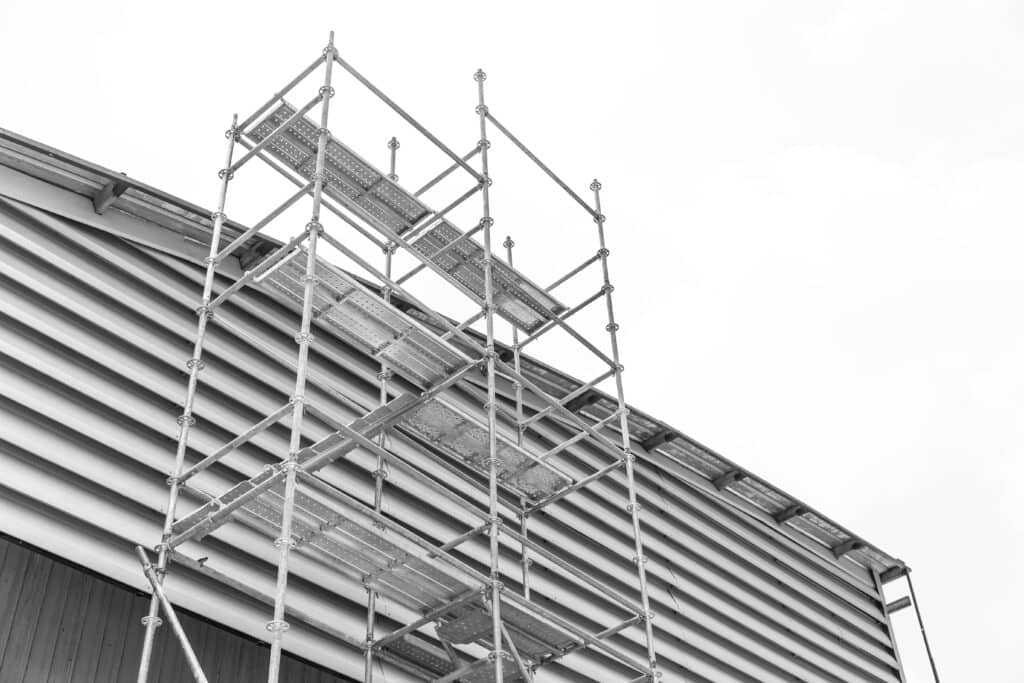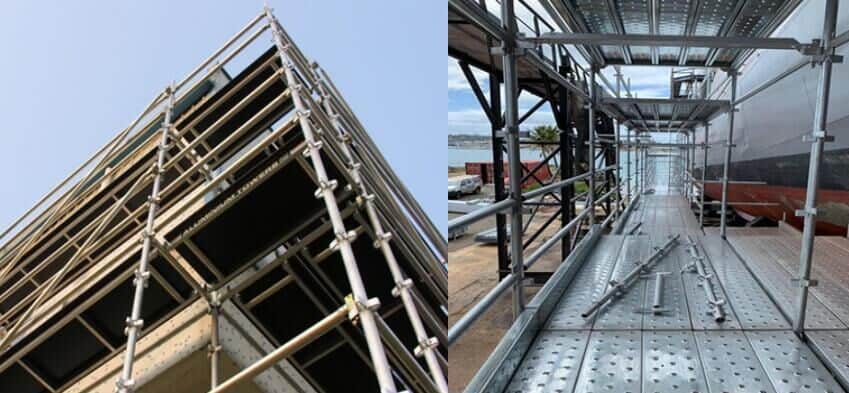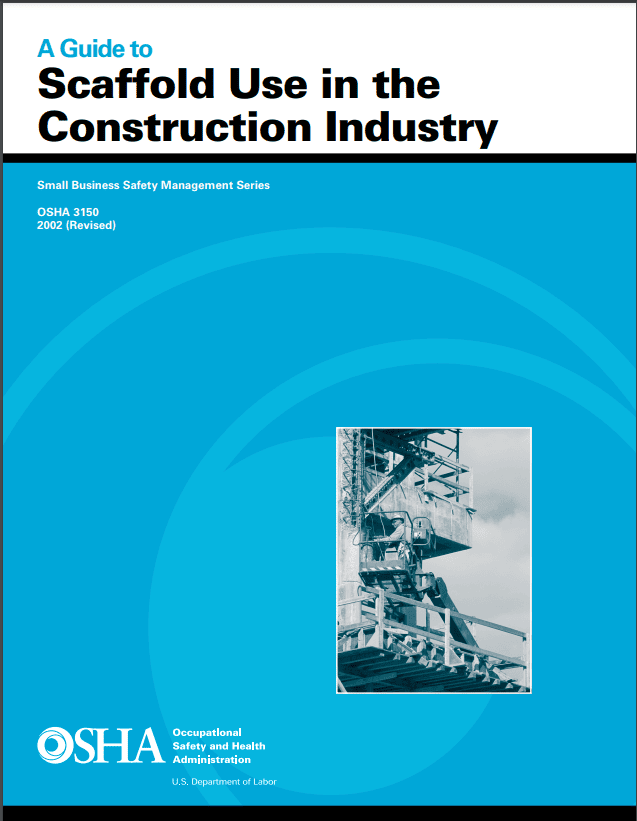In construction worksites, scaffolding can be seen everywhere, providing a safe support platform for the movement of construction workers. In this ultimate guide to scaffolding, we will take you through a detailed understanding of scaffolding from multiple aspects.
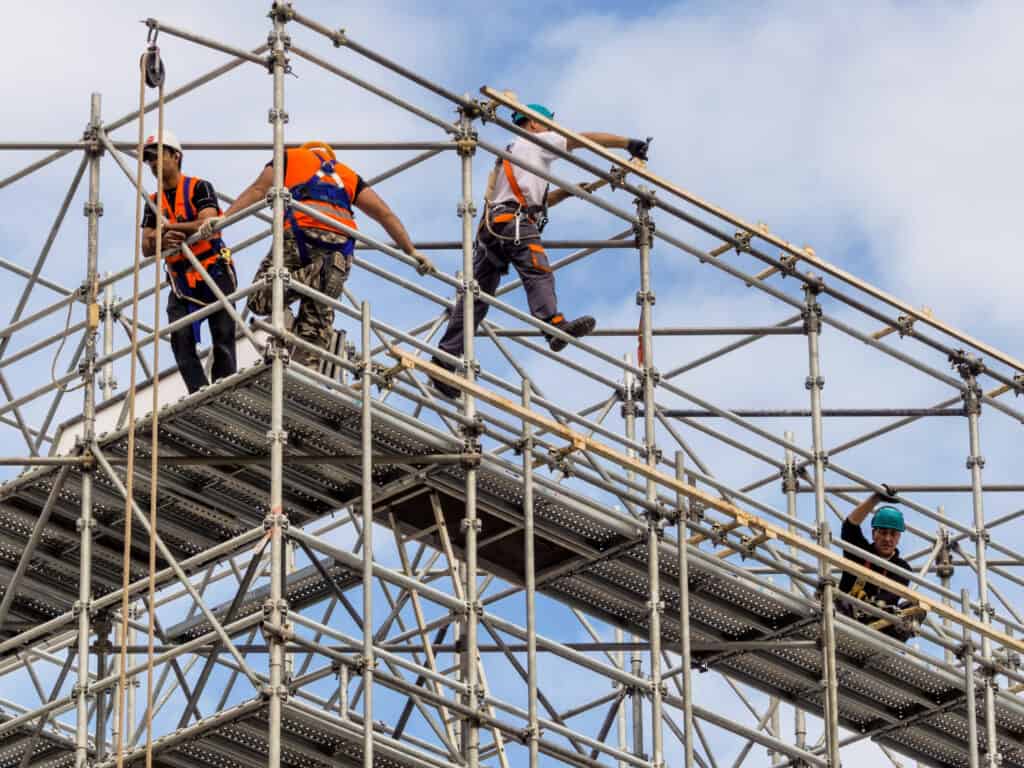
What is Scaffolding?
Generally speaking, scaffolding refers to a temporary structure designed to support existing buildings, suitable for various construction site scenarios ranging from small to large scales, at the same time providing a safe platform for construction workers.
Why is Scaffolding Required?
For the construction of commercial buildings, scaffold safety is crucial. Accessing high and multi-story work sites can be challenging, but scaffolding makes it easier and safer.


The History of Scaffolding
From ancient times to the present, humans have been using scaffolding to assist them in constructing various buildings.
Even world-renowned architectural masterpieces such as the ancient Egyptian pyramids and the Great Wall of China were likely built with the assistance of scaffolding.
Now, in contemporary society, scaffolding is favored by construction workers around the world for its easy assembly, unremarkable durability, and high safety.

5 Different Types of Scaffolding Materials
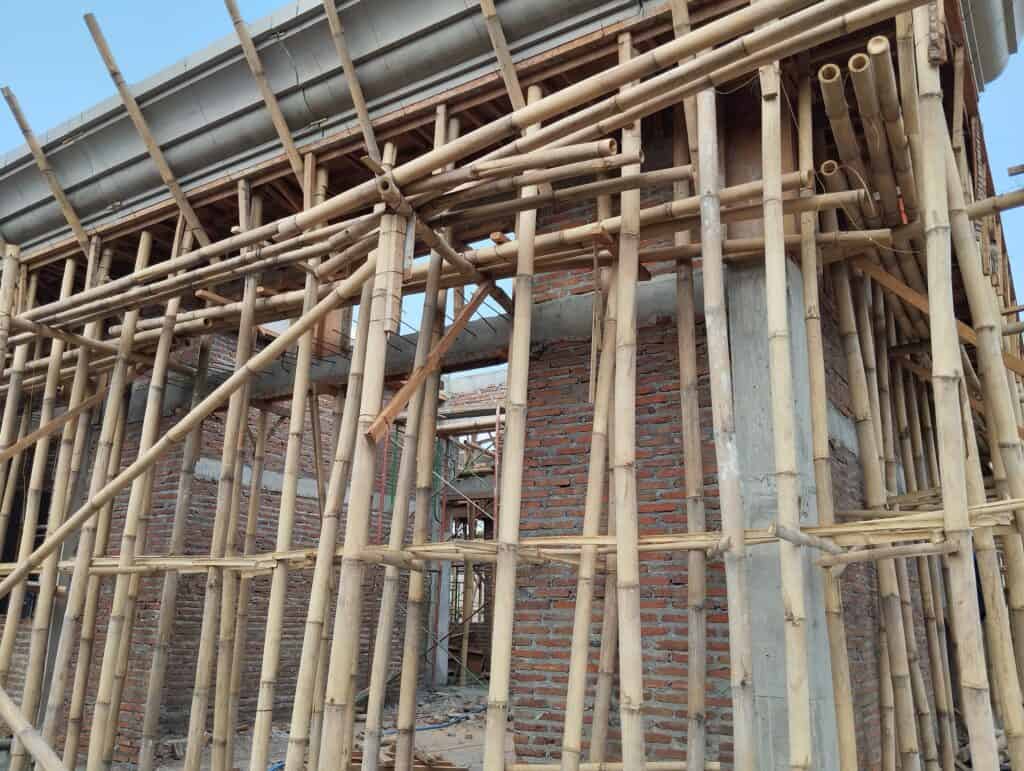
Bamboo
Bamboo scaffolding is a common scaffolding structure used in construction projects across Asia, especially in places like Hong Kong.
Wood


Steel
Aluminum
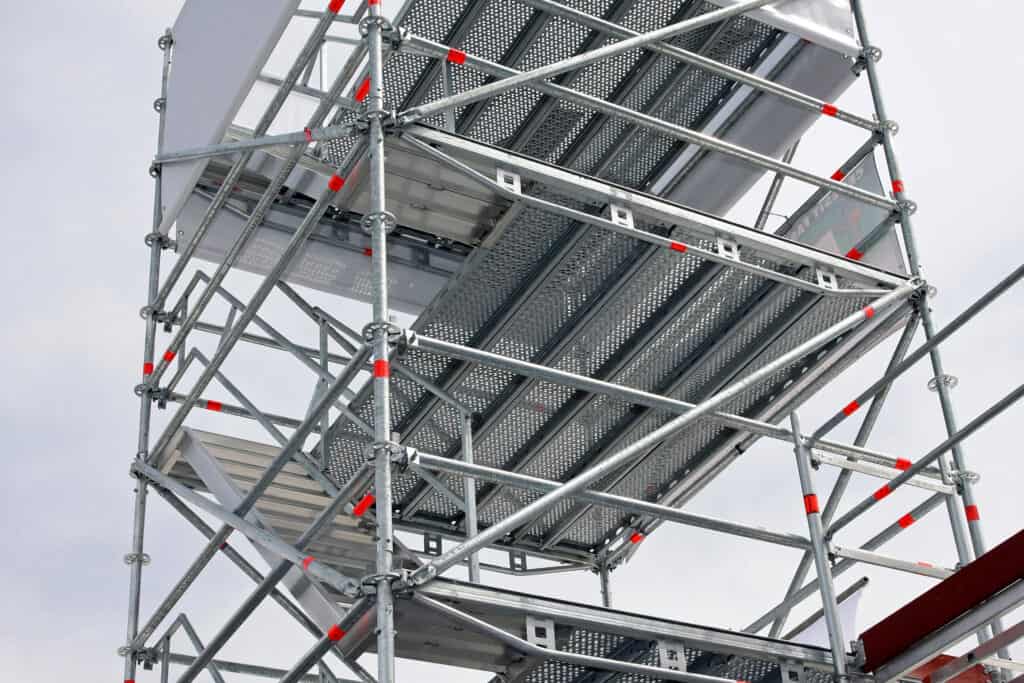

Firberglass
Fiberglass is a high-performance composite material made of glass fibers and organic polymers. It can be used to manufacture various Glass Fiber Reinforced Plastic (GFRP) products.
If you are interested in the advantages and disadvantages of various scaffolding materials and their applications, you can check out another blog post where we detail the pros and cons of these materials and their application areas.
6 Different Types of Scaffolding
The following are some of the most commonly used types of scaffolding today:
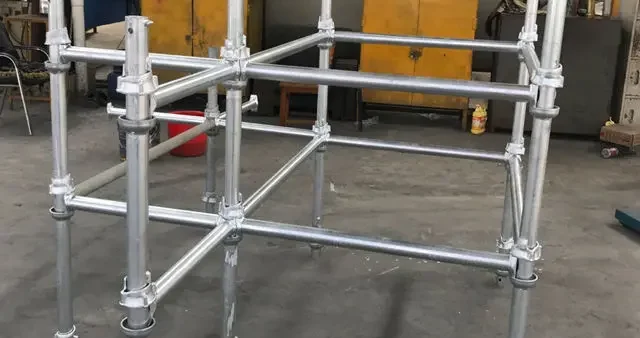
Cuplock Scaffolding
Ringlock Scaffolding
Kwikstage Scaffolding
We APAC can provide the three types of scaffolding above to you with good quality and the best service. If you ever have any interest or any questions, just contact us. We are always here to solve your problems.
Self-climbing Scaffolding
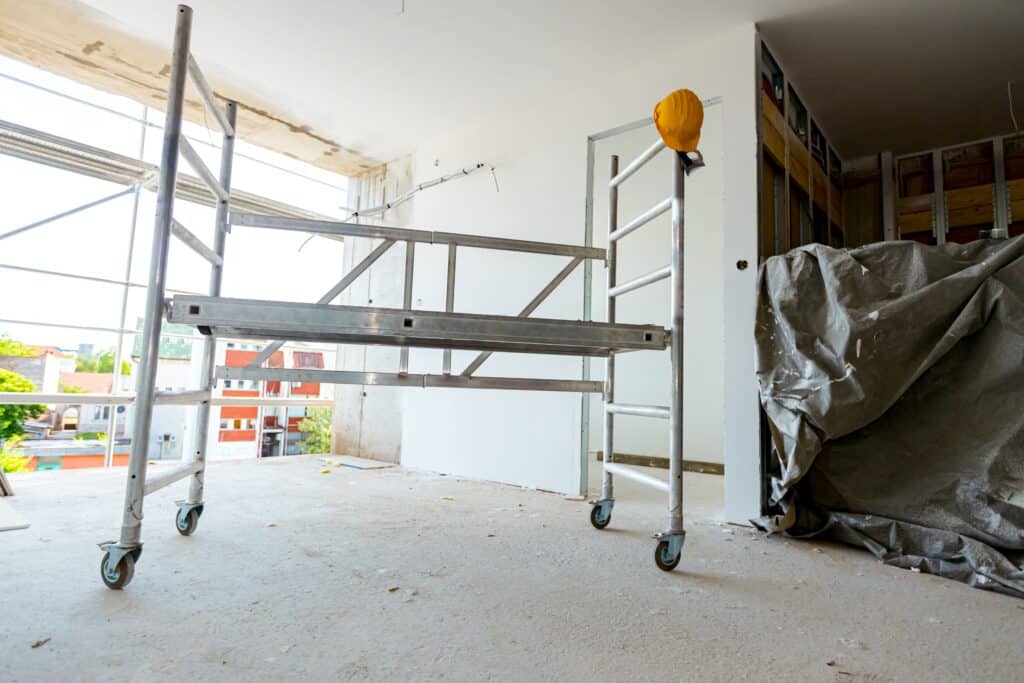
Frame Scaffolding
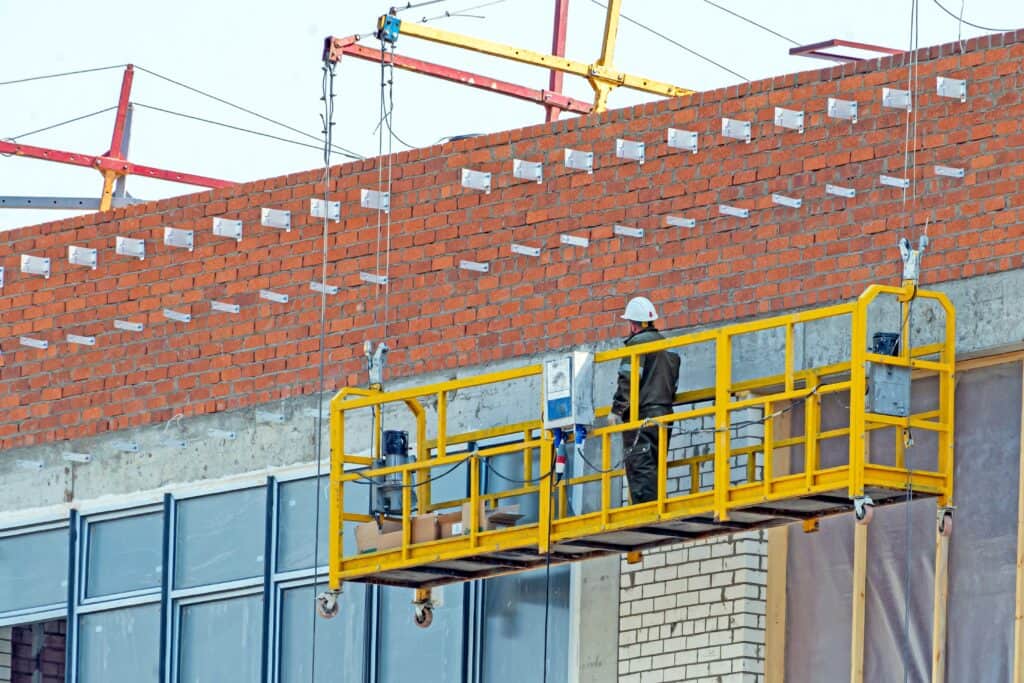
Suspended Scaffolding
Components of Scaffolding
Well-structured scaffolding in civil engineering consists of several key components to ensure safety, stability, and functionality. To better understand scaffolding, I will now specifically introduce the main components of ringlock scaffolding.
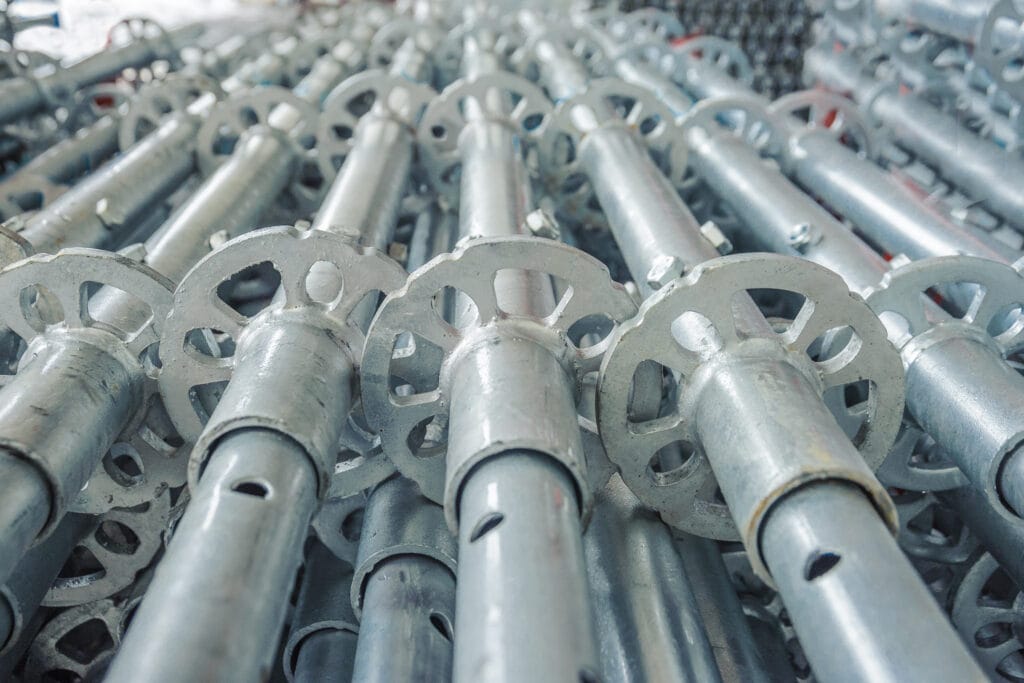
- Ringlock Scaffolding Standard
The ring scaffolding standard is the vertical component of the ring scaffolding, providing vertical support for the scaffolding.
- Ringlock Scaffolding Ledger
Ring scaffolding ledgers are the horizontal components of ring scaffolding, providing horizontal support for loads and planks.
- Ringlock Aluminum Stairs
Aluminum alloy stairs are composed of scaffolding frames, transoms, planks, and stairs.
- Ringlock Diagonal Brace
Ring lock scaffold diagonal braces are used for lateral support and folding of ring locks. They are also used as handrails in the stair system.
- Adjustable Base Plate Insert Hole
Scaffold adjustable base plate jacks can adjust the height flexibly to adapt to uneven construction surfaces and ensure the entire scaffolding system remains level.
- Ringlock Scaffolding Starter Ring
The scaffold starter ring is equipped with a single ring installed on the base plate jack and acts as the base.
Scaffolding Erection
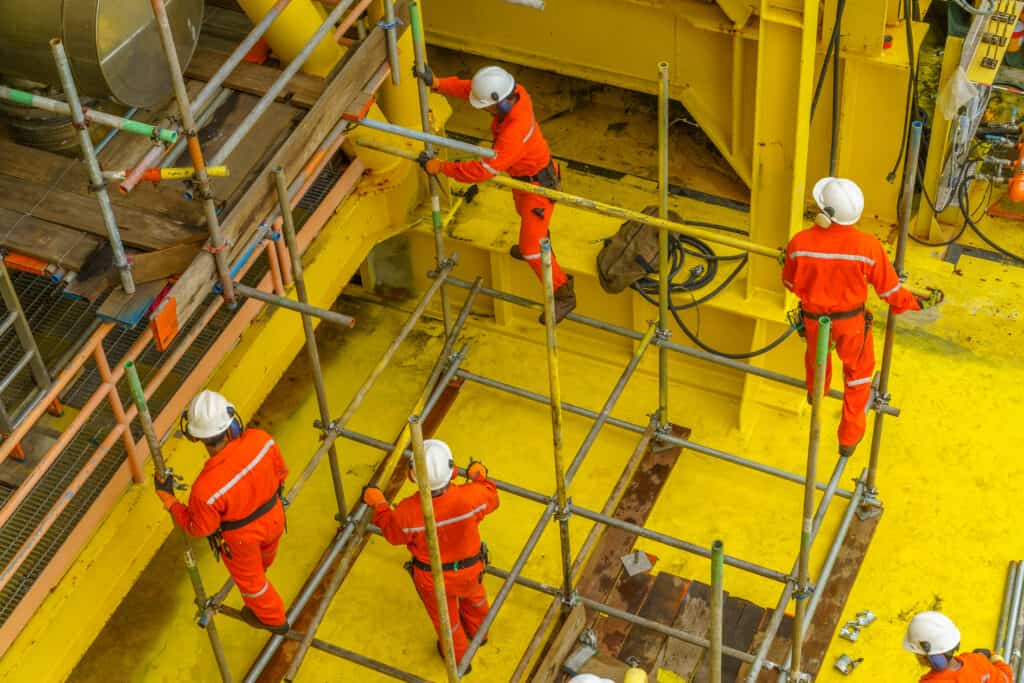
Above, we introduced the specific components of Ringlock Scaffolding. Next, I will continue to use ring scaffolding as an example to explain how to install Ringlock Scaffolding.
- Firstly, adjust the jack base to keep sure the nuts are in the same height to make sure the system stable.
- Insert the vertical posts into the base collars and connect the horizontal ledgers. Repeat this step in other three dimensions.
- Connect the upper horizontal ledgers, stair diagonal braces, and the plank for the second layers assembling.
- Then if a higher working environment is required, we can connect other vertical posts to the fixed ones to get the second layer systems or more in the same installation way.
- Lastly, at the top of the systems, the U head jack will be used for supporting the structure models.
General Requirements for Scaffolding
OSHA is dedicated to ensuring worker safety, and provides detailed explanations of safety standards related to scaffolding. The main regulations include: ensuring that scaffolding is designed and constructed by qualified workers.
Scaffolding must support its own weight and withstand a maximum load of at least 4 times the expected load. Platforms higher than 10 feet must have fall protection,.
Scaffolding must be regularly inspected, especially after any changes, environmental impacts, or periods of disuse.
You can click on the picture on the left to find out more details about OSHA.
Scaffolding also needs to have qualifications such as EN 16031 Aluminium Slab Prop Certificate, EN 13501-1 Certificate, EN 1090-1 2009 Certificate, and others. Specific details can be confirmed by downloading our pdf. Our APAC scaffolding all have these important qualification certificates. You can click on the button below to check our catalog page to find our our certificates.
Key tips for scaffolding safety
When actually using scaffolding, we may find situations where the scaffolding is not set up, used, and dismantled in compliance with standards, and even unauthorized modifications are made to the scaffolding, all of which bring endless safety hazards to the use of scaffolding. Currently, workers bear a great risk when using scaffolding. All of these indicate that we need to provide safety training for specific groups of people to better avoid the risks of falling or materials dropping.
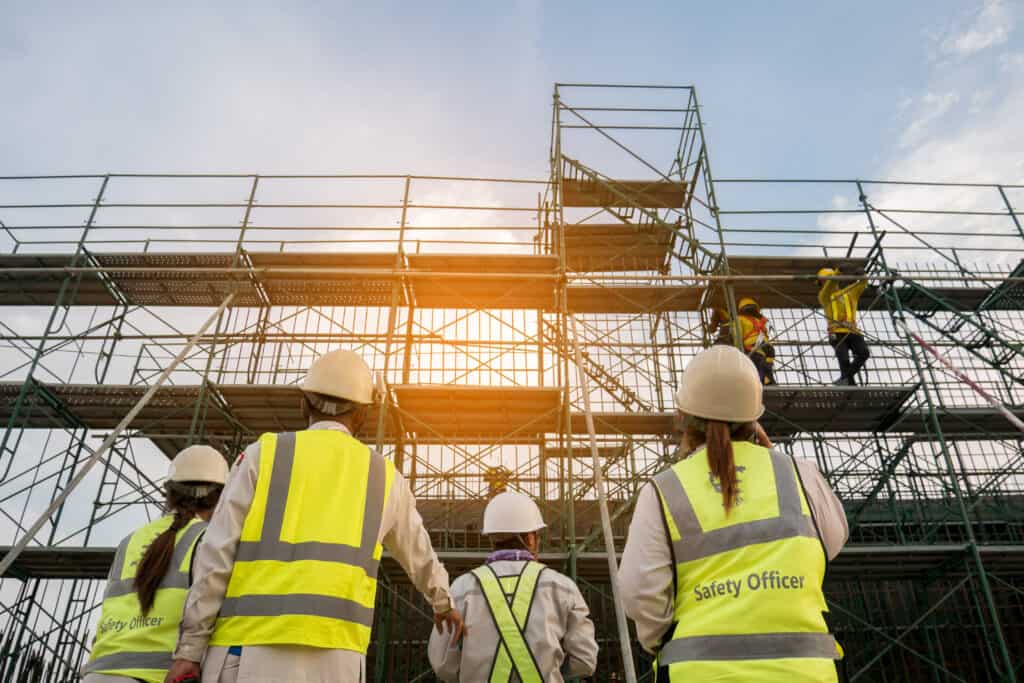
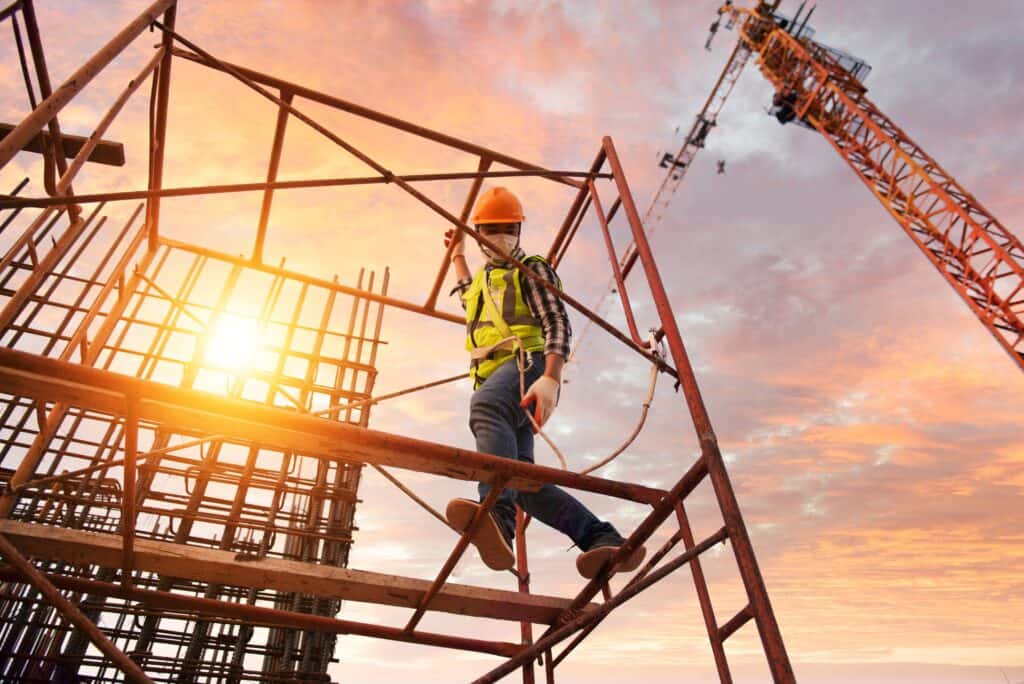
- Before using the scaffolding, thoroughly inspect it to ensure that all parts are intact, with no missing parts, including the floor, beams, guardrails, etc. Pay attention to rust, bending, and cracking. The first time it is used, it should be checked by experienced engineers, and the scaffolding status should be monitored regularly to better ensure its safety.
- Anyone who needs to deal with scaffolding must receive relevant safety training and orderly management, know how to handle scaffolding accidents, and must wear personal protective equipment when using scaffolding. Scaffolding should also be equipped with safety nets to prevent materials from falling and injuring passing workers.
- Qualified inspectors need to conduct formal daily inspections of the scaffolding regularly, inspect and walk on the scaffolding to ensure that the structure is in good condition and not overloaded, and that a good safety culture is maintained overall on the scaffolding.
- Finally, if scaffolding equipment is used outdoors, it should not be used in severe weather conditions such as strong winds, heavy rain, or snow. Additionally, as mentioned earlier, after severe weather conditions, the scaffolding should be inspected to ensure that it remains safe and stable. Wet or frozen scaffolding can become very slippery, increasing the risk of falls. In addition, during strong winds, loose materials can also pose a threat to airborne transmission. Ensure the safety of tools and materials or avoid scaffolding operations in such conditions.
Maintenance of Scaffolding
The safety of scaffolding depends on regular maintenance and repairs, which are crucial in the construction industry. Next, I will introduce some tips for scaffolding maintenance.
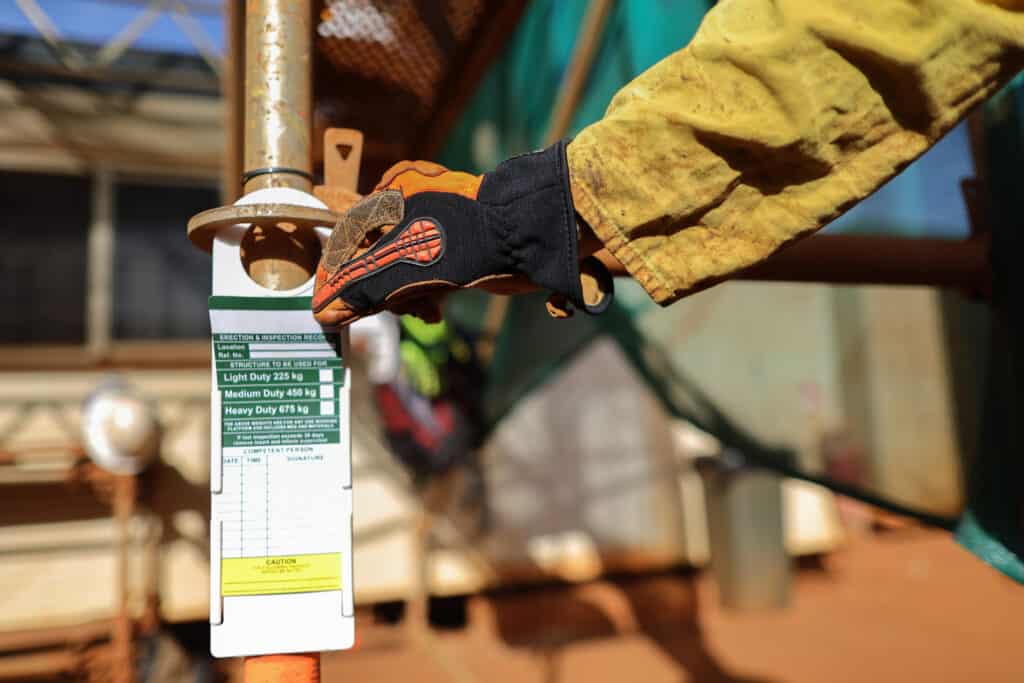
- Scaffolding components should not be stored in places with high temperatures or humidity when not in use. Temperature and humidity greatly affect the aging and corrosion rate of scaffolding components. Workers need to undergo rigorous training in scaffolding maintenance to correctly perform daily maintenance work on scaffolding.
- When a scaffolding component is found to have damage that affects the entire scaffolding, if the damaged part does not affect the entire scaffolding, it can be reused for other purposes or repaired. It should be scrapped and replaced with new parts in a timely manner to avoid any safety hazards.
- When dismantling and cleaning scaffolding, be sure to carefully inspect each part to determine which parts can be reused and which parts may pose safety hazards. Pay attention to any bending, splitting, or worn areas, and also check the welding.
Conclusion
Scaffolding, as an extremely important part of any construction project or engineering, provides a guarantee for the safety of workers’ lives and also facilitates the smooth progress of the project. After reading this article, I believe that you have had a deeper understanding of scaffolding. This article also introduces that there are many types of scaffolding, if you are interested in a certain type of scaffolding mentioned in this article. We APAC have more information on scaffolding products, please feel free to contact us if needed.

